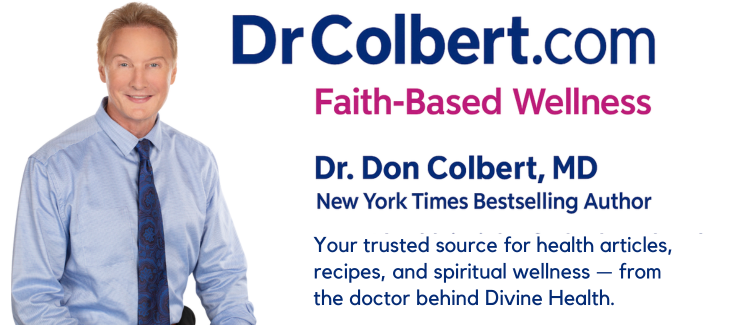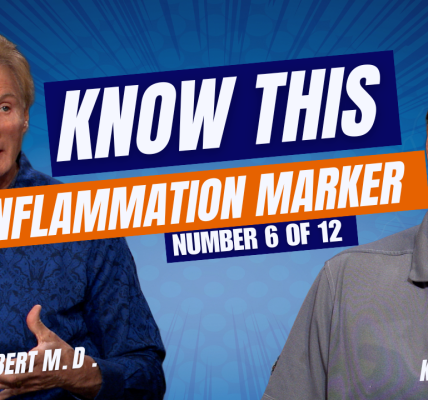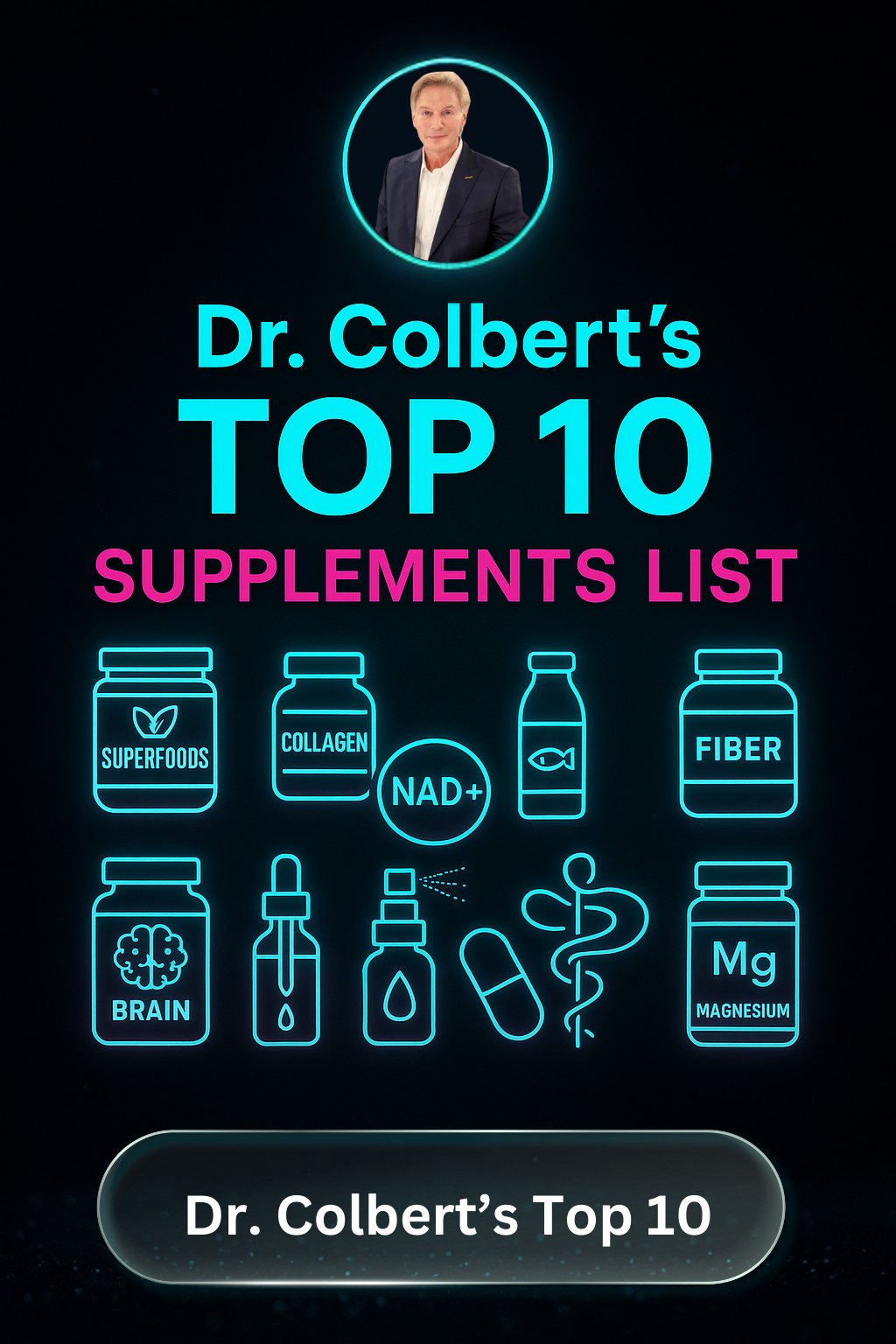#13 of 12: Know This Number: Low Vitamin D, Causes Fatigue & Inflammation | Dr. Colbert M.D. Ep. 12
admin
Posted on
Episode #13 of 12: Know This Number — Low Vitamin D Causes Fatigue & Inflammation (Ep. 12)
In this finale, Dr. Don Colbert joins Mary and Kyle to spotlight the most impactful, low-cost lever for immune strength and vitality: Vitamin D. From preventing winter slumps to dialing down inflammation, optimizing your 25-OH Vitamin D is one of the smartest moves you can make for year-round health.
🔑 What You’ll Learn
- Why Vitamin D is a master regulator of the immune system and inflammation.
- How optimized levels help reduce fatigue, protect brain function, and support bones, teeth, and muscle.
- Real-world dosing nuances: age, latitude/season, body fat, and skin tone.
- Food sources vs sunlight vs supplementation (and why D3 outperforms D2).
- Safety guardrails: when “too much” becomes a problem and how to monitor.
🧪 The Number to Know (Labs & Targets)
- 25-OH Vitamin D (ng/mL) — most accurate routine test.
• Dr. Colbert’s optimized range: 50–80. - Why it matters — Optimized D helps lower inflammatory cytokines (e.g., TNF-α, IL-6), boosts anti-inflammatory IL-10, and down-regulates NF-κB signaling.
- Pairs well with — Vitamin K2 (guides calcium to bones/teeth), DIM (breast/prostate support), and adequate calcium intake.
Ask for a 25-OH Vitamin D blood test, then supplement to reach 50–80 and re-test in ~8–12 weeks.
🧠 Brain, Bones, & Immunity
- Brain health: receptors in the hippocampus and prefrontal cortex; supports neurogenesis, synapse formation, and lowers oxidative stress.
- Bones/teeth/muscle: improves calcium & phosphorus absorption; prevents osteomalacia; supports growth in children and maintenance in older adults.
- Immune defense: helps reduce severity of viral illnesses; particularly important for elderly and those with low baseline levels.
💊 D3 vs D2 & Dosing
- Choose D3: more effective than D2 for raising 25-OH D.
- Typical intakes: many do well at 2,000 IU/day; some require 5,000 IU/day; individuals with obesity may need 10,000 IU/day (monitor with labs).
- Sunlight: synthesis declines with age (~50% lower by ~70 years), higher latitudes, winter, darker skin tones, and covered clothing.
- Food: wild salmon (~1,400 IU in 4 oz) ≫ farmed (~15% of that); many foods are only lightly fortified.
⚠️ Safety Notes
- Re-check after dose changes; watch calcium. Vitamin D > 100 ng/mL is generally excessive; >150 = hypervitaminosis D risk.
- If calcium runs high (>10.5–11 mg/dL), consider parathyroid evaluation (PTH) with your clinician.
✅ Quick Action Plan
- Order a 25-OH Vitamin D test.
- Supplement with D3 (consider D3 + K2), adjust dose to hit 50–80 ng/mL.
- Prioritize outdoor time when possible; maintain protein/mineral intake (calcium, magnesium, phosphorus).
- Re-test in 8–12 weeks and adjust.
✝ Faith & Health
Steward the body God gave you. Small daily habits—testing, supplementing wisely, getting sunlight—compound into resilience for decades.
📚 Helpful Links
Medical disclaimer: Educational content only. Not a substitute for personalized medical advice. Consult your healthcare professional before making changes to medications or supplements.
7 COMMENTS
Comments are closed.


















Really insightful post — Your article is very clearly written, i enjoyed reading it, can i ask you a question? you can also checkout this newbies in classied. iswap24.com. thank you
Really insightful post — Your article is very clearly written, i enjoyed reading it, can i ask you a question? you can also checkout this newbies in classied. iswap24.com. thank you
Really insightful post — Your article is very clearly written, i enjoyed reading it, can i ask you a question? you can also checkout this newbies in classied. iswap24.com. thank you
Really insightful post — Your article is very clearly written, i enjoyed reading it, can i ask you a question? you can also checkout this newbies in classied. iswap24.com. thank you
My brother suggested I might like this website He was totally right This post actually made my day You cannt imagine just how much time I had spent for this information Thanks
99abgame – gave it a whirl. Pretty fun for what it is. Nothing groundbreaking, but a good way to kill some time. Give it a try! Click here: 99abgame
Interesting analysis! Seeing more platforms like funbingo bet legit enter the Philippine market is a good sign for players – quick registration & easy deposits (like GCash!) are key. Solid insights on game strategy too!